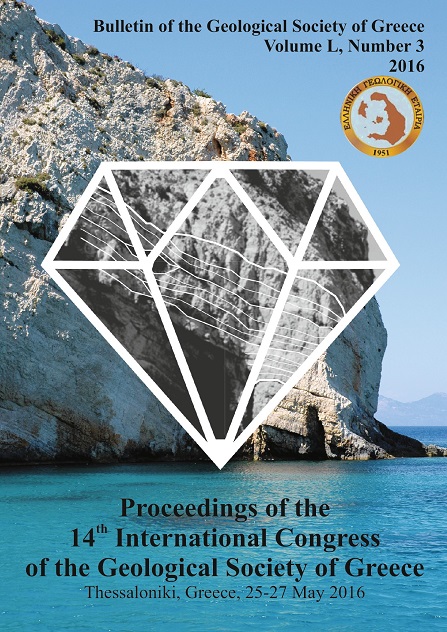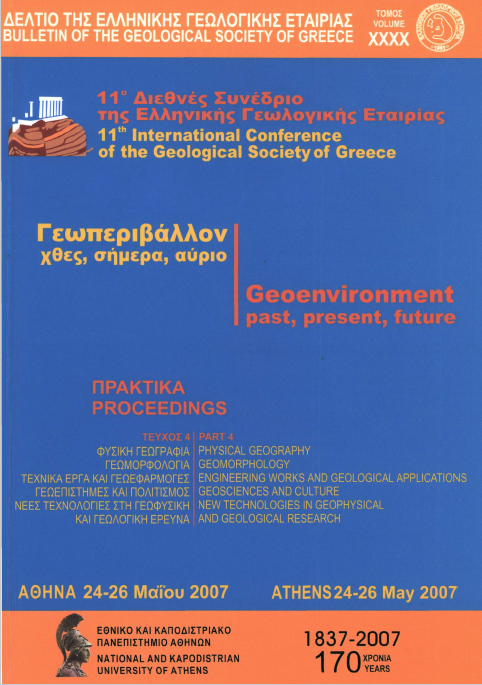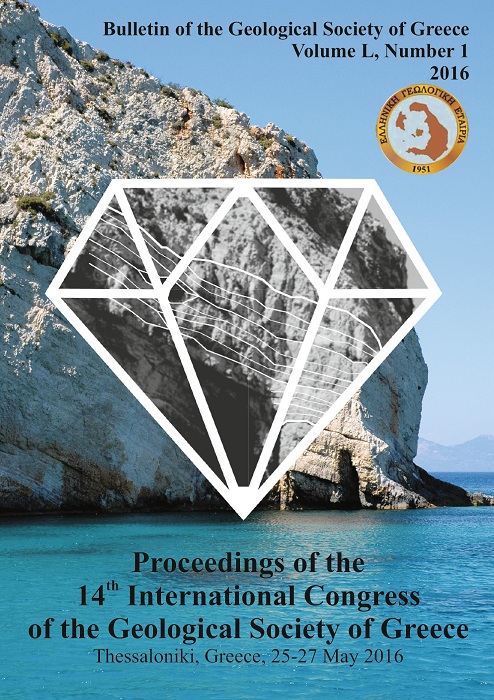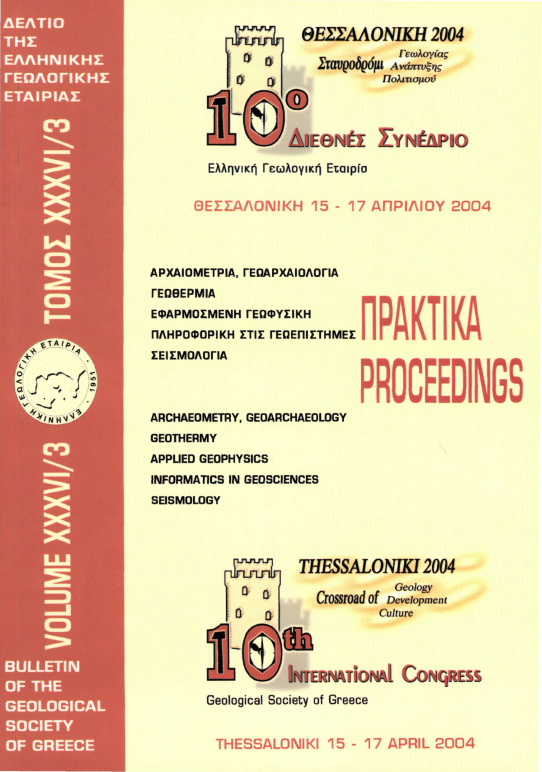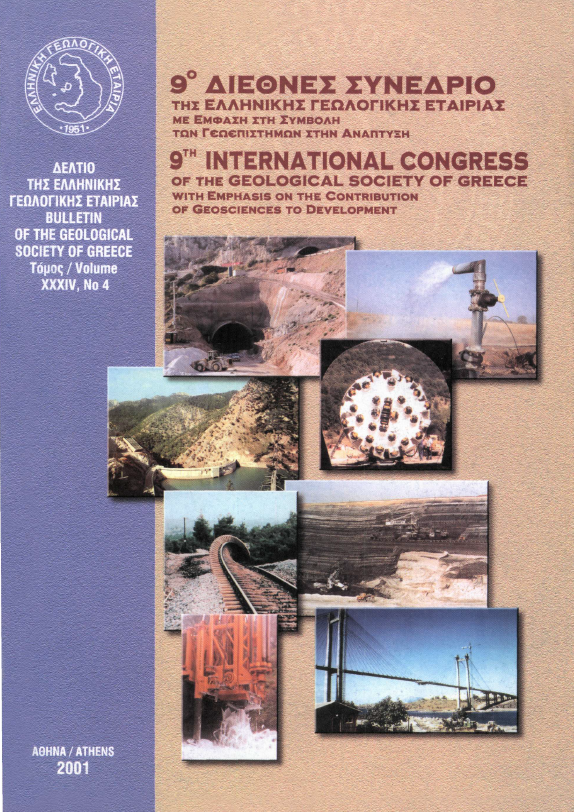Analysis of relationships among coastal alluvial fans and their contributing catchments in North Evoikos Gulf (Central Greece).
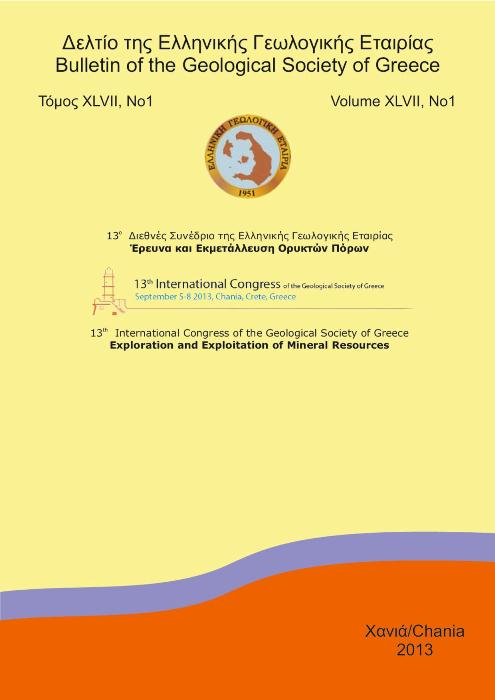
Abstract
This paper deals with the morphometric analysis of 42, late Holocene, coastal alluvial fans located along the coasts of the tectonically active North Evoikos Gulf in central Greece. Thirty six of the fans have been formed by streams that discharge along the east coast of the Gulf (Evia Island) while the rest are located on the opposite side (Continental Greece). Selected morphometric parameters of the drainage basins were measured using topographic maps at the scale of 1:50,000 while those of the fans were derived from detailed topographic diagrams at the scale of 1:5,000 utilizing ESRI’s ArcGIS9.3 software. Fans were classified into four groups according to the primary depositional processes (fluvial and/or debris flow). Another classification criterion was the relationship between the location of the fan-catchment system and the local tectonic patterns (active faults). Fan-basin morphometric relationships for each fan group were also investigated. A strong positive relation was found between the size of the fan and the drainage basin area while the correlation between drainage area and fan slope was negative. Large catchments located near fault terminations have formed gently sloping fans dominated by fluvial processes, whereas torrents with small rough drainage basins, developed on the footwall, have formed steep fans likely dominated by debris-flow along the east coast of the Gulf
Article Details
- How to Cite
-
Valkanou, K., Karymbalis, E., Papanastassiou, D., Gaki-Papanastassiou, K., & Giles, P. (2013). Analysis of relationships among coastal alluvial fans and their contributing catchments in North Evoikos Gulf (Central Greece). Bulletin of the Geological Society of Greece, 47(1), 344–355. https://doi.org/10.12681/bgsg.10961
- Section
- Geomorphology

This work is licensed under a Creative Commons Attribution-NonCommercial 4.0 International License.
Authors who publish with this journal agree to the following terms:
Authors retain copyright and grant the journal right of first publication with the work simultaneously licensed under a Creative Commons Attribution Non-Commercial License that allows others to share the work with an acknowledgement of the work's authorship and initial publication in this journal.
Authors are able to enter into separate, additional contractual arrangements for the non-exclusive distribution of the journal's published version of the work (e.g. post it to an institutional repository or publish it in a book), with an acknowledgement of its initial publication in this journal. Authors are permitted and encouraged to post their work online (preferably in institutional repositories or on their website) prior to and during the submission process, as it can lead to productive exchanges, as well as earlier and greater citation of published work.



